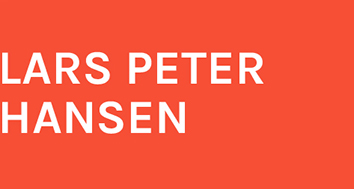Newly Published in the Proceedings of the National Academy of Sciences (PNAS): “Robust Inattentive Discrete Choice”
When people make decisions they often have a large volume of information at their disposal. Faced with this challenge, in practice they focus their attention on a more limited amount of salient information. To assess what information should be exploited in decision-making, we extend a modeling approach that is called “rational inattention.” This approach assumes that the decision maker has a subjective prior that is used in determining how to direct attention across the vast set of information at the decision-maker’s disposal. The resulting solution can be highly sensitive, however, to the choice of the prior. We relax this assumption and allow the decision-maker to confront subjective uncertainty when taking discrete actions, thereby making the decisions more robust.
Abstract
Rational inattention models characterize optimal decision-making in data-rich environments. In such environments, it can be costly to look carefully at all of the information. Some information is much more salient for the decision at hand and merits closer scrutiny. The inattention decision model formalizes this choice and deduces how best to navigate through the potentially vast array of data when making decisions. In the rational formulation, the decision-maker commits fully to a subjective prior distribution over the possible states of the world that could be realized. We relax this assumption and look for a robustly optimal solution to the inattention problem by allowing the decision-maker to be ambiguity averse with respect to this prior. We feature a setup that is deliberately simple by a) assuming a discrete set of choices, b) using Shannon’s mutual information to quantify attention costs, and c) imposing relative entropy with respect to a baseline probability distribution to quantify prior divergence. We provide necessary and sufficient conditions for the robust solution and develop numerical methods to solve it. In comparison to the rational solution with no prior uncertainty, our decision-maker slants priors in more cautious or pessimistic directions when deducing how to allocate attention over the range of available information. This approach implements a form of robustness to prior misspecification, or equivalently, a form of ambiguity aversion. We explore some examples that show how the robust solution differs from the rational solution with a commitment to a subjective prior distribution and how it differs from imposing risk aversion.
Published in the Proceedings of the National Academy of Sciences (PNAS).
